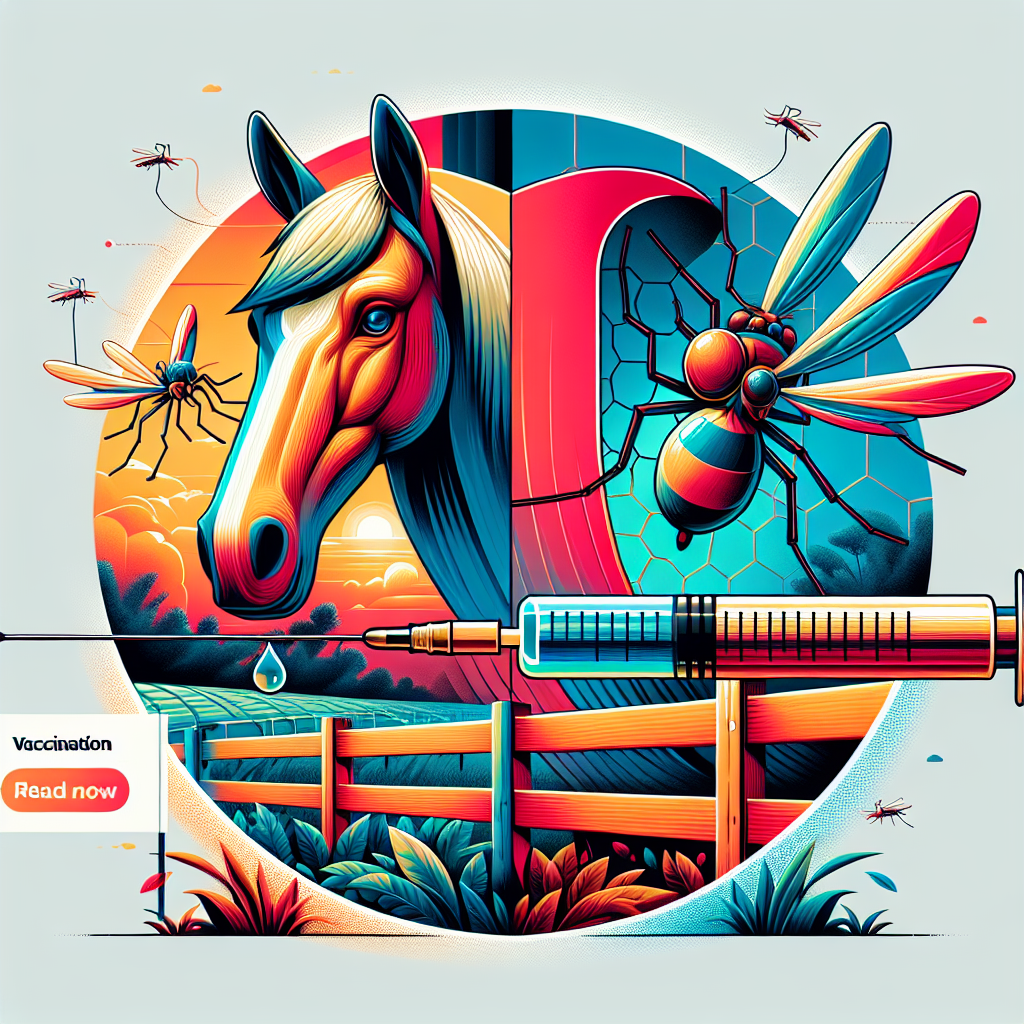Understanding Eastern Equine Encephalitis: A Threat to Equine Health
We've all had those irksome mosquito bites, but what if those tiny insects were to deliver a disease that could prove fatal? As bizarre as it sounds, that's the reality with Eastern equine encephalitis (EEE) – a viral disease transmitted by mosquitoes. A recent incident in Marion County, Florida, rattled the equine world when a horse was diagnosed with EEE and then euthanized due to its deadly progression. This alarming event serves as a wake-up call to horse owners and caregivers. Scheduled vaccinations, targeted actions for mosquito control, and comprehensive knowledge can play a significant role in safeguarding our equine friends.EEE: A Virulent Mosquito-borne Disease
EEE, with its roots in mosquitos, primarily affects the central nervous system of animals and humans alike. Infected horses might show symptoms like fever, coordination loss, head tremors, and, incases of escalation, paralysis. This disease can develop into encephalitis, causing brain damage and untimely death. Accredited reports from the Equine Disease Communication Center (EDCC) highlight EEE as one of the most dangerous mosquito-borne diseases nationwide, pointing out the subsequent need for preventative measures.The Importance of Prevention
"An ounce of prevention is worth a pound of cure." This proverb rings resoundingly true in the fight against EEE. All U.S horses should receive annual vaccinations against EEE, recommend veterinarians. These vaccinations are a cornerstone of equine health management, significantly lowering EEE infection risks. Beyond vaccinations, further proactive measures include using insect repellants certified with DEET or permethrin, eliminating standing water, and sheltering horses indoors during peak mosquito times. Standing water is the perfect breeding ground for mosquitoes; hence, maintaining a dry environment could be pivotal in curbing the disease spread.Understanding and Curbing the Spread of EEE
Grasping the dynamics of how mosquito-borne diseases propagate among animals is vital for their wellbeing and prevention of disease outbreaks. Factually, EEE is not confined to Florida alone; it has made headlines in multiple regions of the country. Recent pieces of research indicate a rise in EEE cases within the United States, necessitating effective action plans. Additionally, digging deeper into research related to EEE's epidemiology, impacts of various vaccines, and new treatment techniques could shed invaluable light on disease management.The Role of Veterinarians and Animal Welfare Organizations
Veterinarians and animal welfare bodies hold the reins in combating disease outbreaks. From essential information dissemination and vaccination services to dedicated work on containing ailments like EEE, their role is instrumental. In summary, the occurrence of EEE in a Floridian horse acts as a stark reminder of prevention's importance. Routine vaccinations, efficacious mosquito control measures, and dedicated research into EEE are our best bets in shielding our horses from this lethal disease. Equine health is no joke – after all, robust stallions are a sight for sore eyes, and let's not forget, as the old saying goes, "no horse, no cavalry!"References: No external links were provided. The article is based on the details extracted from the source articles.

